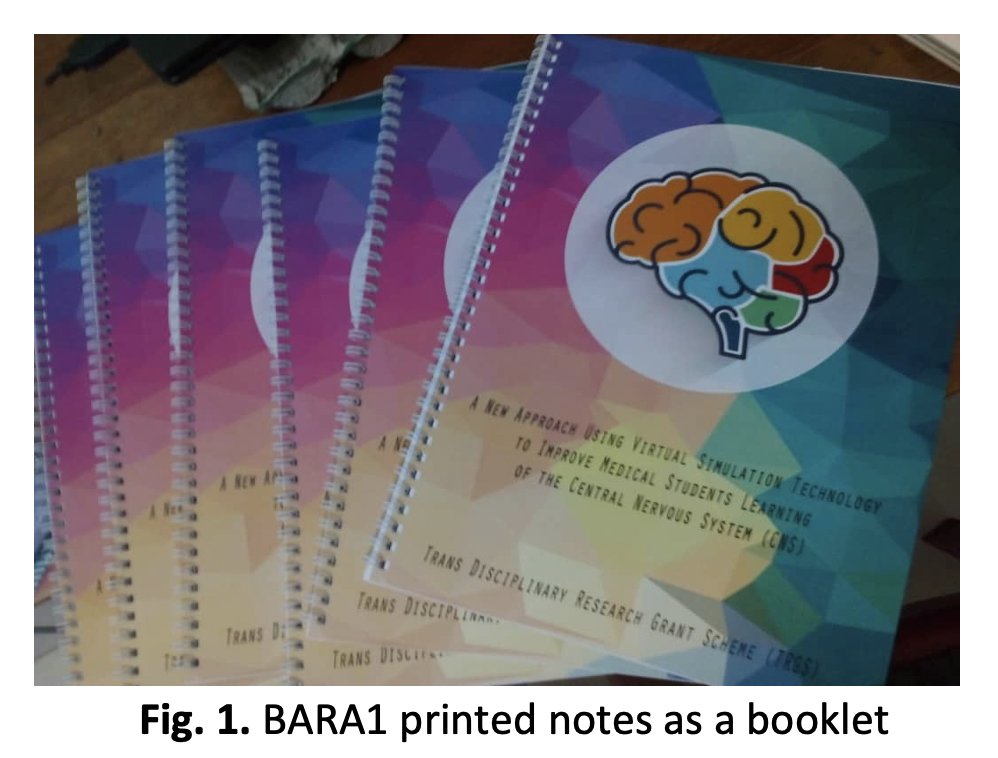A Mobile Augmented Reality Application for Undergraduate Medical Students Using A Flipped Classroom Approach
DOI:
https://doi.org/10.37934/araset.33.2.151159Keywords:
Flipped Classroom, Augmented Reality, Medical EducationAbstract
The flipped classroom model enables students to acquire fundamental knowledge outside of class time; thus, include reading materials or video lectures. This will be able to free up class time for knowledge application, student engagement in active learning, and higher-order thinking. The flipped classroom model is increasingly being adopted in competency-based medical education. However, the potential of flipped classrooms for enhancing medical education has not yet been proven and it poses a major challenge to students who have not mastered self-regulated learning strategies. Thus, they may not be able to understand the information presented in the course materials or to strategically use learning resources outside of class. In this project, we have created a mobile augmented reality (AR) application for students studying anatomy to help them grasp the idea of the AR flipped classroom. Students were instructed to use the same three mobile augmented reality (MAR) applications with different design and approach. The three types of MAR applications are — those with markers and notes on printed notebooks (BARA1), those with markers and notes are on a website (BARA2), and those with all notes in the MAR application and the marker are a tangible 3D object (BARA3). From the series of experiment, we found out that most students favour the BARA3, meanwhile the medical lecturers essentially prefer the BARA1. In this research three things have been considered: interface design, the usefulness of Augmented Reality (AR), technical problems with the use of AR applications, and educators training on the use of AR applications. Without a well-designed interface and guidance for the students, AR technology can be too complicated to use, especially for those who are not familiar with the technology.
Downloads





























